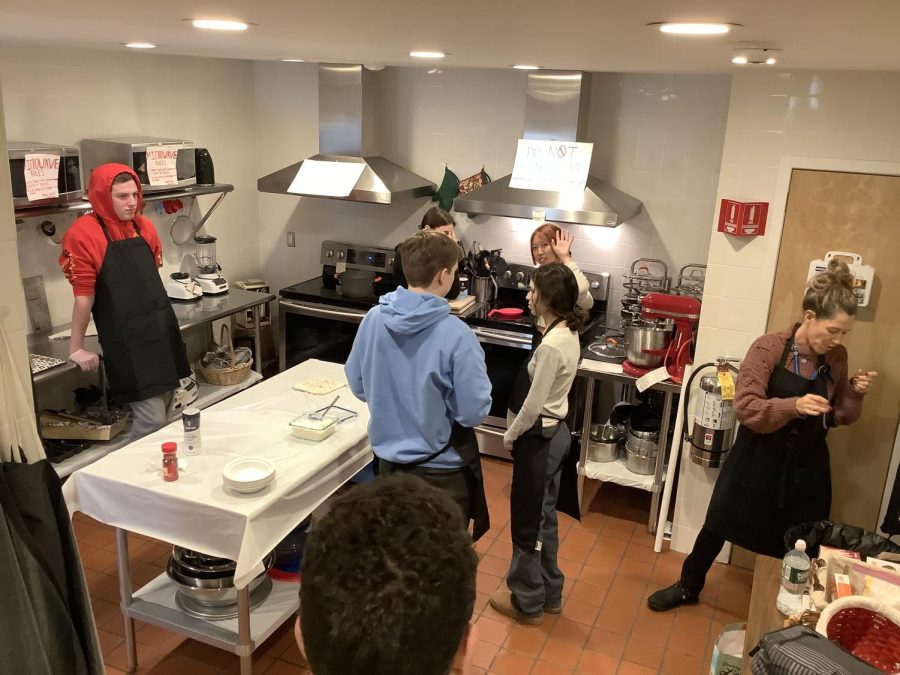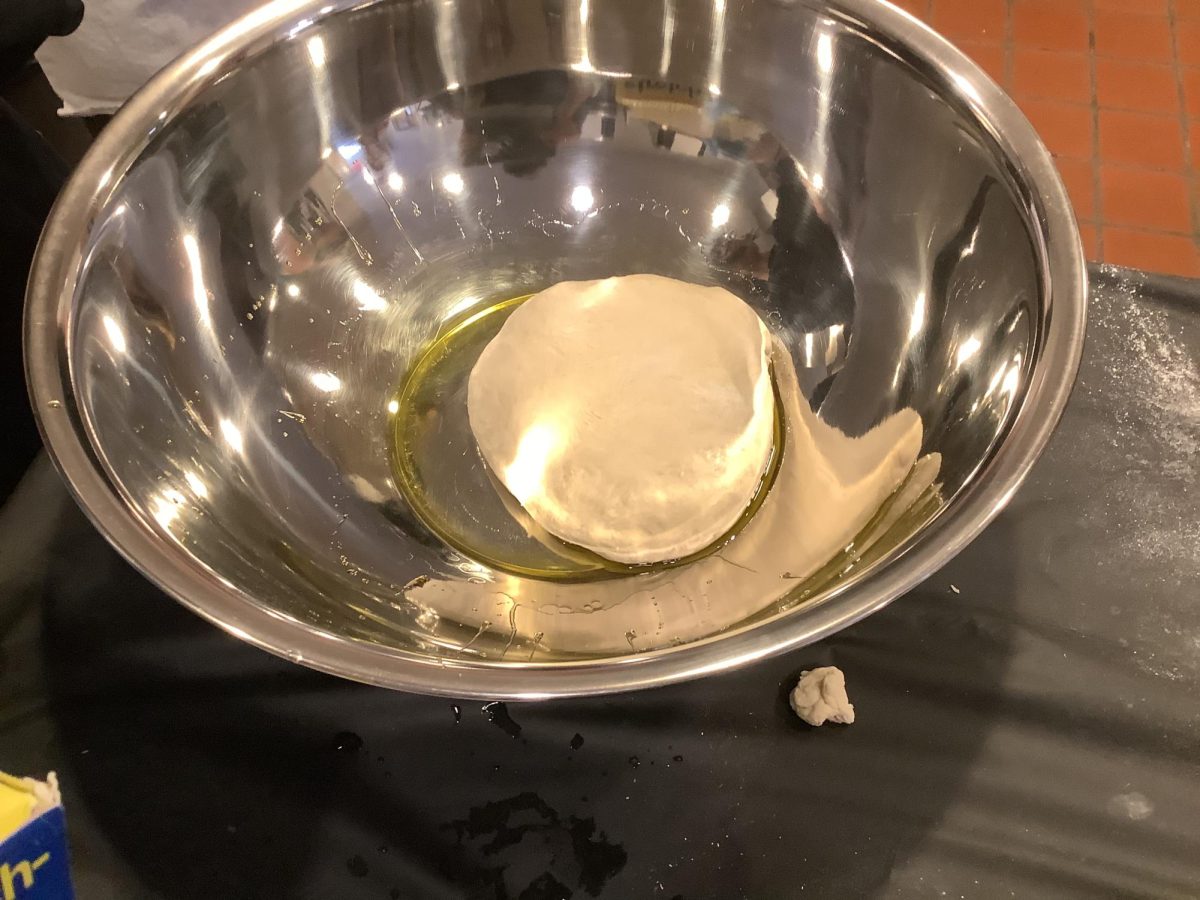It is hard to imagine that what causes us the most discomfort, such as an E. coli infection, comes from something so small. Bacteria and viruses are only micrometers in size, after all. And what about bread, which is made using yeast? A small fungus microorganism, yeast is capable of fermentation. In countries such as Japan and South Korea, yeast is used to make kimchi, or fermented vegetables.
There are two major kinds of microorganisms: eukaryotes and prokaryotes. Eukaryotic organisms, such as algae, fungi, and Protozoa, have member-bound organelles. The golgi body, the endoplasmic reticulum, and the nucleus are organelles that play a big role in cellular living functions. All of the cell’s genetic material is stored in the nucleus, which is also considered to be the genetic storage house of the cell. Prokaryotes, on the other hand, are less complex. Bacteria and Cyanobacteria are examples. They lack membrane-bound organelles; instead, their circular DNA is found free-floating in the cytoplasm.
In the book, I Contain Multitudes, author Ed Yong dives into the history of microbiology. While the first microbes can be dated billions of years ago, human knowledge of the microbial world only began when Leeuwenhoek invented the microscope in the 17th century. He was able to see the vacuole of cells and the intricate details of muscle fibers. Leeuwenhoek’s discovery shook the science community at his time.
Even a century later, people in Europe had a hard time adjusting to more shocking discoveries related to microbes. A major cholera outbreak occurred in the mid 1800’s across Europe, as the class learned in a Ted-talk on the germ theory. At first, scientists believed that the miasma theory, a belief that poison in the air caused diseases, is the one to blame for the cholera outbreak. But, discoveries made by Koch and Pasteur supported the germ theory. They pointed out that the bacteria in drinking water is the culprit for the disease.

Many individuals believe all microorganisms cause harm, but that is simply not true. Nitrogen fixation bacteria in plants help fix nitrogen in the nitrogen cycle. When humans consume plants, they also consume the nitrogen assimilated by the plants. Our bodies use the nitrogen to make nucleic acids, such as DNA and RNA. In addition, bacteria also react with lactic acid to form yogurt. They help with the fermentation process in milk to generate tasty yogurts. While the bacteria may be small, it can do a lot, whether the effects are harmful or beneficial. Our world would not exist if we lacked bacteria.












